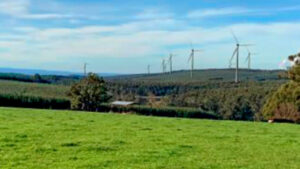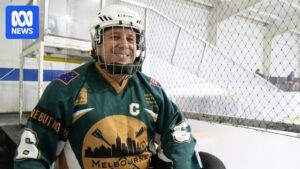
Thousands of investors who suffered significant losses after investing their retirement savings in the First Guardian and Shield managed investment schemes have been informed they may be eligible for “remediation” from the superannuation trustees that managed the platforms housing their investments. The Australian Securities and Investments Commission (ASIC) is currently investigating the collapse of the First Guardian Master Fund and Shield Master Fund, which collectively left investors facing losses exceeding $1 billion.
Until recently, much of the scrutiny has been directed at “lead generators” who enticed individuals and directed them to licensed financial advisers, who then invested their money into these now-defunct schemes. However, attention is now shifting towards the role of superannuation platforms, overseen by trustees, in these financial debacles.
Superannuation Trustees Under the Microscope
Superannuation trustees, including Equity Trustees, Macquarie, Netwealth, and Diversa, had approved the inclusion of First Guardian and Shield on their platforms. Last month, ASIC announced legal action against Equity Trustees Superannuation for its alleged involvement in the loss of $160 million in retirement savings tied to the Shield Master Fund.
These platforms, which have been operational for decades, serve as vehicles for financial advisers to invest client funds into various options such as shares, hybrids, bonds, and managed funds. ASX-listed Sequoia, which has faced its own scrutiny due to its subsidiary InterPrac’s involvement in the fund collapses, has reached out to affected investors, suggesting they may seek remediation through the Operational Risk Financial Requirement (ORFR).
Understanding the Operational Risk Financial Requirement
Since 2013, superannuation funds regulated by the Australian Prudential Regulation Authority (APRA) have been mandated to maintain an ORFR reserve. This reserve acts as a financial safety net to protect members from “operational risks,” which Sequoia identifies as including governance failures or investment menu oversights.
Sequoia’s legal and advisory teams have contacted relevant super trustees, urging them to consider whether the issues with Shield and First Guardian justify utilizing the reserve to support affected members. However, it remains uncertain if trustees can allocate funds for customer remediation using these operational risk reserves or other methods.
Legal and Financial Repercussions
ASIC’s lawsuit against Equity Trustees Superannuation highlights the complexity of the situation. Over the years 2023 and 2024, Equity Trustees facilitated the investment of retirement savings into Shield, which collapsed last year. Most investors involved had their savings invested through superannuation platforms, although some used self-managed superannuation funds, rendering them ineligible for ORFR compensation.
Efforts to recover funds through liquidation have been challenging for approximately 6,000 investors who placed $500 million with First Guardian. Liquidators have already warned these investors that there may be insufficient funds to reimburse them.
“While we cannot guarantee a successful outcome, we believe there is a legitimate case and are committed to advocating strongly on your behalf to ensure this outcome is given our entire attention,” Sequoia informed investors in a letter.
Sequoia’s Role and Industry Scrutiny
Sequoia’s involvement has drawn significant scrutiny, particularly through its subsidiary InterPrac. InterPrac had authorized Ferras Merhi and his firm Venture Egg, which are under ASIC investigation, until severing ties in May. Other InterPrac-authorized businesses, such as Reilly Financial and Miller Wealth Group, also advised clients to invest in the troubled funds.
In August, Sequoia disclosed $22 million in complaints against InterPrac lodged with the Australian Financial Complaints Authority (AFCA) related to its role in the fund collapses, though sources suggest this figure could be much higher. Sequoia has committed to assisting regulators and reviewing its operations and systems.
Compensation Scheme of Last Resort
Investors who lost money in the First Guardian and Shield schemes may also seek compensation through the Compensation Scheme of Last Resort (CSLR). This scheme is designed to compensate victims of financial misconduct when the responsible firm is insolvent or unable to pay after an AFCA determination. However, claims are capped at $150,000 per Australian consumer, and the scheme is funded by an industry levy on financial advisers, which has more than doubled over the past financial year.
Financial advisers contributed about $24.1 million to the program in the year to June. In the current financial year, advisers are expected to contribute $75.7 million.
Industry bodies, including the Financial Advice Association Australia (FAAA), have advocated for capping the financial advice sector’s contribution at $20 million annually and for the government to cover excess costs from a broader range of sectors. FAAA CEO Sarah Abood has criticized the current funding mechanism as “both unfair and unsustainable.”
The unfolding situation surrounding the First Guardian and Shield fund collapses underscores the need for robust regulatory oversight and accountability within the financial sector. As investigations continue, affected investors await potential remediation and a resolution to the financial turmoil that has shaken their retirement savings.






